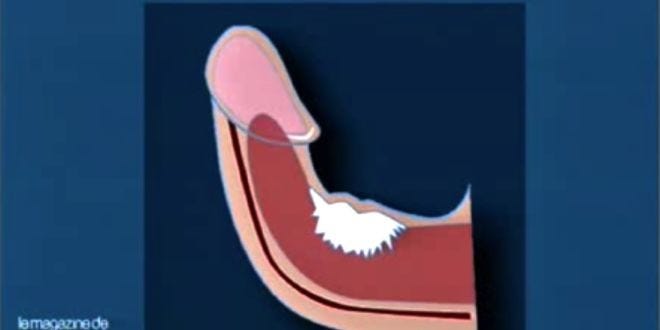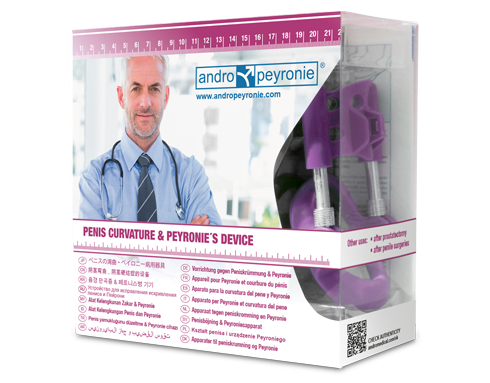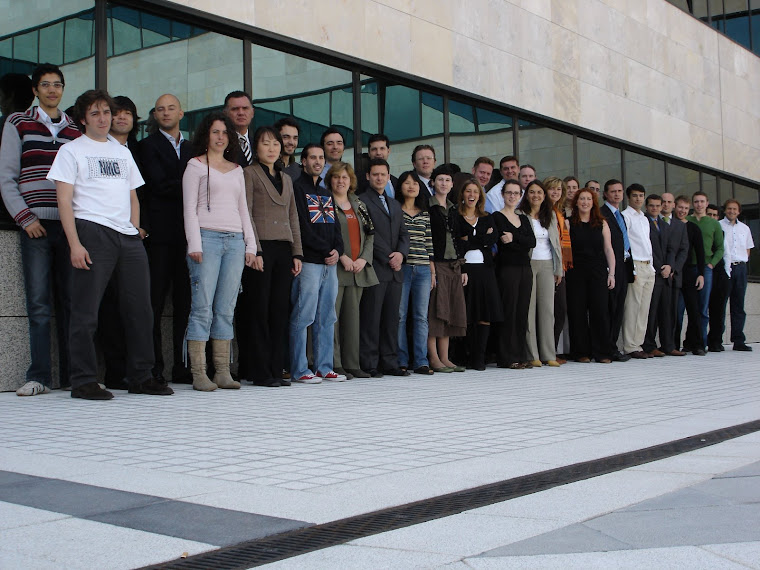HOW IS PEYRONIE´S DISEASE TREATED?
International Society for Sexual Medicine “How is Peyronie’s disease treated?” ANDROPEYRONIE (MEDICAL PEYRONIE EXTENDER)

Traction therapy following surgery for Peyronie’s disease may increase actual and perceived penile length for some men, according to new research published in the Journal of Sexual Medicine.
Peyronie’s disease, a wound-healing disorder, causes areas of hardened scar tissue called plaques to form on the penis. These plaques lead to decreased flexibility, resulting in a noticeable penile curvature during erection. Some men with Peyronie’s disease experience pain and are unable to have intercourse.
Surgery is one treatment option. Two types of surgeries pertain to this study. The first is called tunica albuginea plication (TAP) and involves stitching the area on the opposite side of the plaques to straighten the curvature. The other procedure is partial plaque excision and grafting (PEG), in which a surgeon makes an incision in the plaque and fills it with graft material.
One common complication of surgery for Peyronie’s disease is penile shortening, which can be a serious concern.
In this study, American researchers from Rush University Medical Center in Chicago worked with four groups of men. (A total of 134 men participated.) Two groups had TAP surgery, the other two had PEG procedures. For each type of surgery, one group had traction therapy and the other did not.
Traction therapy ( ANDROPEYRONIE ) involved wearing a traction device on the penis for a recommended 2–6 hours each day starting 3–4 weeks after surgery. From that point, patients were advised to use the device for three months. The goal of traction therapy (ANDROPEYRONIE) was to keep the penis straight as it healed and prevent length loss.
Stretched penile length measurements were taken before and after treatment. In addition, all men were mailed a questionnaire that asked about their perceptions of penile length change and their pre- and post-surgery satisfaction.
For the men who underwent TAP :
• The mean length change was 0.85 cm.
• 68% perceived erect length gain.
• 0% perceived erect length loss.
• 32% perceived no change in erect length.
For men who underwent TAP without traction therapy:
• The mean length change was -0.53 cm.
• 7% perceived erect length gain.
• 79% perceived erect length loss.
• 14% perceived no change in erect length.
For men who underwent PEG and traction therapy ( ANDROPEYRONIE ):
• The mean length change for was 1.48 cm.
• 47% perceived erect length gain.
• 0% perceived erect length loss.
• 53% perceived no change in erect length.
For men who underwent PEG without traction therapy:
• The mean length change was 0.24 cm.
• 14% perceived erect length gain.
• 57% perceived erect length loss.
• 29% perceived no change in erect length.
Overall, 69% of all participants were satisfied with their surgical outcome.
There were no complications or changes in penile sensation associated with traction therapy.
The researchers concluded that traction therapy can preserve some measured and perceived penile length after surgery for Peyronie’s disease. However, because of the psychological implications of penile length and outcome satisfaction, it is important for men to have realistic expectations before they have surgery.

Resources
International Society for Sexual Medicine
“How is Peyronie’s disease treated?”
Journal of Sexual Medicine
Rybak, James, MD, et al.
“A Retrospective Comparative Study of Traction Therapy vs. No Traction Following Tunica Albuginea Plication or Partial Excision and Grafting for Peyronie’s Disease: Measured Lengths and Patient Perceptions”
(Full-text. First published online: August 17, 2012)








No hay comentarios:
Publicar un comentario